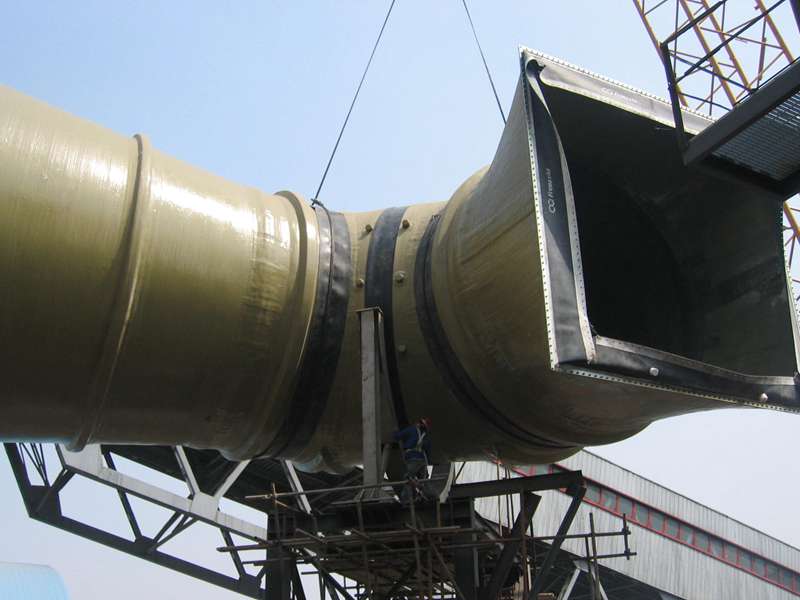
-
 Afrikaans
Afrikaans -
 Albanian
Albanian -
 Amharic
Amharic -
 Arabic
Arabic -
 Armenian
Armenian -
 Azerbaijani
Azerbaijani -
 Basque
Basque -
 Belarusian
Belarusian -
 Bengali
Bengali -
 Bosnian
Bosnian -
 Bulgarian
Bulgarian -
 Catalan
Catalan -
 Cebuano
Cebuano -
 China
China -
 China (Taiwan)
China (Taiwan) -
 Corsican
Corsican -
 Croatian
Croatian -
 Czech
Czech -
 Danish
Danish -
 Dutch
Dutch -
 English
English -
 Esperanto
Esperanto -
 Estonian
Estonian -
 Finnish
Finnish -
 French
French -
 Frisian
Frisian -
 Galician
Galician -
 Georgian
Georgian -
 German
German -
 Greek
Greek -
 Gujarati
Gujarati -
 Haitian Creole
Haitian Creole -
 hausa
hausa -
 hawaiian
hawaiian -
 Hebrew
Hebrew -
 Hindi
Hindi -
 Miao
Miao -
 Hungarian
Hungarian -
 Icelandic
Icelandic -
 igbo
igbo -
 Indonesian
Indonesian -
 irish
irish -
 Italian
Italian -
 Japanese
Japanese -
 Javanese
Javanese -
 Kannada
Kannada -
 kazakh
kazakh -
 Khmer
Khmer -
 Rwandese
Rwandese -
 Korean
Korean -
 Kurdish
Kurdish -
 Kyrgyz
Kyrgyz -
 Lao
Lao -
 Latin
Latin -
 Latvian
Latvian -
 Lithuanian
Lithuanian -
 Luxembourgish
Luxembourgish -
 Macedonian
Macedonian -
 Malgashi
Malgashi -
 Malay
Malay -
 Malayalam
Malayalam -
 Maltese
Maltese -
 Maori
Maori -
 Marathi
Marathi -
 Mongolian
Mongolian -
 Myanmar
Myanmar -
 Nepali
Nepali -
 Norwegian
Norwegian -
 Norwegian
Norwegian -
 Occitan
Occitan -
 Pashto
Pashto -
 Persian
Persian -
 Polish
Polish -
 Portuguese
Portuguese -
 Punjabi
Punjabi -
 Romanian
Romanian -
 Russian
Russian -
 Samoan
Samoan -
 Scottish Gaelic
Scottish Gaelic -
 Serbian
Serbian -
 Sesotho
Sesotho -
 Shona
Shona -
 Sindhi
Sindhi -
 Sinhala
Sinhala -
 Slovak
Slovak -
 Slovenian
Slovenian -
 Somali
Somali -
 Spanish
Spanish -
 Sundanese
Sundanese -
 Swahili
Swahili -
 Swedish
Swedish -
 Tagalog
Tagalog -
 Tajik
Tajik -
 Tamil
Tamil -
 Tatar
Tatar -
 Telugu
Telugu -
 Thai
Thai -
 Turkish
Turkish -
 Turkmen
Turkmen -
 Ukrainian
Ukrainian -
 Urdu
Urdu -
 Uighur
Uighur -
 Uzbek
Uzbek -
 Vietnamese
Vietnamese -
 Welsh
Welsh -
 Bantu
Bantu -
 Yiddish
Yiddish -
 Yoruba
Yoruba -
 Zulu
Zulu
Optimizing Sound Absorption with Advanced Fiberglass Materials for Enhanced Acoustic Performance
The Role of Fiberglass Absorbers in Modern Acoustics
In an era where noise pollution has become a pressing concern, the search for effective soundproofing solutions has intensified. One of the innovative materials that have gained prominence in the field of acoustics is fiberglass. Fiberglass absorbers have emerged as a versatile and efficient option for managing sound in various environments, ranging from industrial spaces to residential homes.
Fiberglass is a composite material made from fine glass fibers, which is known for its lightweight and durable properties. In acoustic applications, fiberglass is often used to create sound absorption panels, which help in reducing reverberation and echo in a space. The unique structure of fiberglass allows it to trap sound waves, converting sound energy into small amounts of heat, thus minimizing noise levels.
One of the key advantages of fiberglass absorbers is their versatility in design and application. They can be manufactured in different shapes, sizes, and densities to meet specific acoustic needs. For instance, in concert halls, large fiberglass panels can be strategically placed to enhance sound quality and ensure that performances are heard clearly from all parts of the venue. In offices, smaller panels can be installed to create a quieter working environment, thereby improving concentration and productivity.
Moreover, fiberglass absorbers are highly effective at targeting mid to high-frequency sounds, which are often the most problematic in terms of echo and reverberation. By absorbing these frequencies, fiberglass panels help to create a more balanced sound profile, making a space sound clearer and more pleasant. This is particularly important in environments such as recording studios, where precise sound quality is crucial.
fiberglass absorber

In addition to their acoustic benefits, fiberglass absorbers are also valued for their fire resistance and durability
. Unlike some other acoustic materials, fiberglass is inherently non-combustible, making it a safer choice for many applications. It also withstands wear and tear, ensuring that the investment in soundproofing remains effective over time.Environmental considerations have also played a role in the growing popularity of fiberglass absorbers. Many manufacturers are now producing fiberglass insulation and panels using recycled materials, offering a sustainable alternative in sound management. This not only helps in reducing waste but also contributes to more energy-efficient buildings, as fiberglass insulation also provides thermal benefits.
When it comes to installation, fiberglass absorbers are relatively easy to implement. They can be affixed to walls, ceilings, or suspended as baffles in open spaces. The modular nature of fiberglass panels means they can be rearranged or replaced as needed, allowing for flexibility in acoustic design. This adaptability is particularly useful in dynamic environments, such as classrooms or multi-purpose rooms, where acoustic needs may change over time.
In summary, fiberglass absorbers represent a significant advancement in the field of sound management. Their effectiveness in absorbing unwanted sound, along with their versatile design, durability, and environmental benefits, make them an ideal choice for a variety of settings. As noise pollution continues to be a challenge in our modern world, integrating fiberglass absorbers into architectural and interior design is a proactive step toward creating quieter, more acoustically pleasing environments. Whether in a bustling office, an intimate concert venue, or a family home, fiberglass absorbers provide a practical solution to the ever-growing need for sound control.









